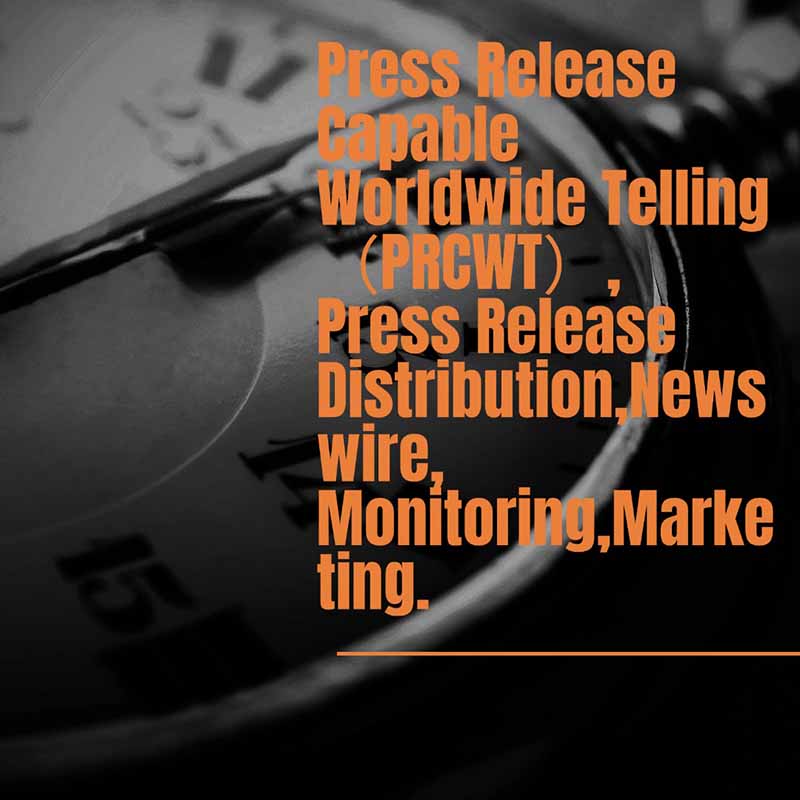In the vast landscape of information dissemination, media monitoring stands as a crucial sentinel. It's the process by which we keep a vigilant eye on the flow of news, trends, and public sentiment across various media channels. This isn't just about tracking; it's about understanding the nuances and implications of what's being said.
The significance of media monitoring cannot be overstated. In today's digital age, where information spreads like wildfire, it's essential to have a system in place to filter through the noise and identify the truly relevant and impactful stories. According to recent industry data, the volume of digital content is increasing at an exponential rate, making it even more challenging to stay on top of things.
One of the key benefits of media monitoring is its ability to provide real-time insights. By constantly scanning the media landscape, businesses can quickly respond to emerging issues and opportunities. For example, a company might notice a negative tweet about their product and take immediate action to address the concerns of the customers.
Media monitoring also helps in shaping public opinion. By analyzing the conversations around a particular topic, organizations can develop targeted communication strategies to influence how the public perceives them. This can be especially crucial during times of crisis or when launching a new product or service.

However, media monitoring is not without its challenges. The sheer volume of data can make it difficult to sift through and find the most important information. Additionally, the accuracy and reliability of the data can vary depending on the source and methodology used.
To overcome these challenges, businesses often rely on advanced analytics tools and techniques. These tools can help them automate the monitoring process, filter out irrelevant information, and provide more accurate and detailed reports.
In conclusion, media monitoring is a powerful tool that can provide valuable insights into the world of information. By staying informed and leveraging the right tools and strategies, businesses can stay ahead of the curve and make more informed decisions.